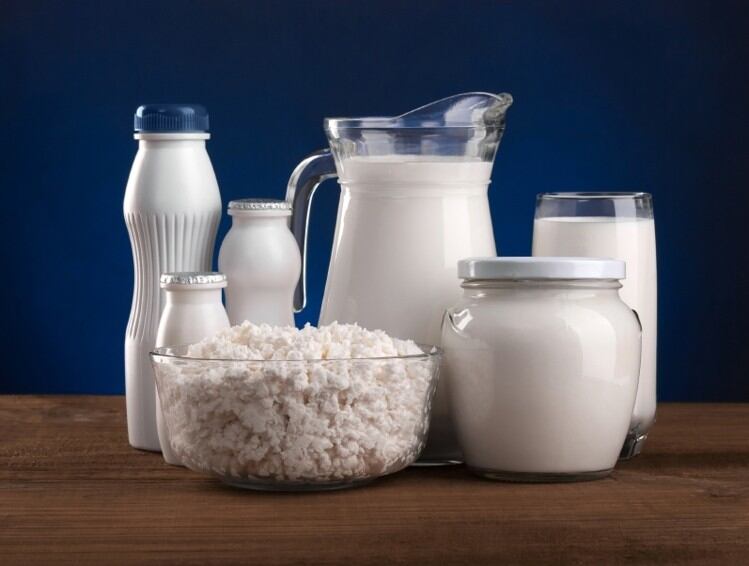The review will begin in November, with the aim of determining whether or not the current New Zealand raw milk regulations, implemented in November 2016, need to be modified.
According to the New Zealand Ministry for Primary Industries (MPI) website, it “has undertaken to review the raw milk policy […] two years after its full implementation, to ensure it is working effectively.”
Before the implementation of the 2016 regulations, consumers were able to collect raw milk from collection points across the country.
These were abolished in 2016, and consumers now can only purchase raw milk from farmers registered with MPI. These farmers can only sell this product directly from the farm gate or via home delivery.
Additionally, MPI states that all containers and raw milk sales areas must display labels and notices regarding the health risks of raw milk, the resale of raw milk is banned, and purchasers will be asked to provide their name, address and phone number, which will be recorded along with the volume and date of sale.
Commenting on the upcoming review, the Australian Raw Milk Movement said: “There is a very long list of complaints.”
“Many producers have closed down and are cut off from this niche market. Currently illegal sales from unregistered producers are also occurring, some fuelled by the frustration with MPI regulations. There has been an increase in unregistered sellers getting reported.”
Raw milk producer registration with MPI requires a rather hefty list of payments. These comprise registration at NZ$ 155 per hour, programme charges (annual levy, performance monitoring, administration of the National Chemical Contaminant Programme) at NZ$ 165 per hour, and verification services at NZ$ 581.25 per year.
It has been reported that some sellers could spend up to between $10,000 and $15,000 each year on tests and registration.
At the point of publication, the MPI website shows a total of 27 registered Farm Dairy Operators allowed to produce and process raw milk for the purpose of sale.
Raw milk – the pros
Raw milk aficionados tout its health benefits, and crucify pasteurisation as a ‘cover up’.
“[Milk pasteurisation was originally] a temporary solution until filthy urban dairies could find a way to produce cleaner milk. But instead of cleaning up milk production, dairies used pasteurization as a way to cover up dirty milk,” said the Weston A. Price Foundation on its website.
“[There] are far more risks from drinking pasteurized milk than unpasteurized milk. Raw milk naturally contains healthy bacteria that inhibit the growth of undesirable and dangerous organisms. Without these friendly bacteria, pasteurized milk is more susceptible to contamination.”
It also claims that pasteurisation greatly diminishes milk’s nutrient content via the heating process, including enzymes, hormones, antibodies and up to 66% of Vitamins A, D and E, 50% of Vitamin C and 100% of Vitamins B6 and B12.
The foundation’s president Sally Fallon Morell also said that people are ‘about thirty-five thousand times more likely to get sick from other foods than you are from raw milk’.
“Raw milk is real milk – nothing has been added and nothing has been removed,” said Henderson Dairy Farm Fresh Milk, one of the 27 registered Farm Dairy Operators on MPI’s list.
Raw milk – the cons
All that said, there was a compelling reason that the raw milk regulations were put in place back in 2016.
Because raw milk is not pasteurised, harmful bacteria such as campylobacter, listeria and shiga toxin-producing strains of e.coli (STEC) are not killed.
According to MPI, “these bacteria most commonly cause severe diarrhoea and vomiting, but occasionally some have been linked with more serious complications.”
Between 2009 and 2016, before the implementation of the raw milk regulations, New Zealand saw 46 outbreaks in which consuming raw milk was a risk factor. Of these, at least 70% involved children aged 16 and below.
2018 alone saw six recalls of raw milk, with the latest (at press time) occurring in September where five batches of Bella Vacca raw milk were recalled for campylobacter contamination.
New Zealand Food Safety Science and Research Centre Director Professor Nigel French is adamant that the production of raw milk that is free of cow faecal bacteria is a near-impossible feat.
According to a paper published by Prof French: “Even with the best hygiene practices, it is currently impossible to produce raw milk that is free from bacterial contamination; it is an inevitable consequence of the milking process.”
"Although tests are being done and many times they pass the test, that doesn't guarantee the milk is free from harmful bacteria," he added.
"The tests aren't highly sensitive. It's still possible you would have bacteria in the milk."





